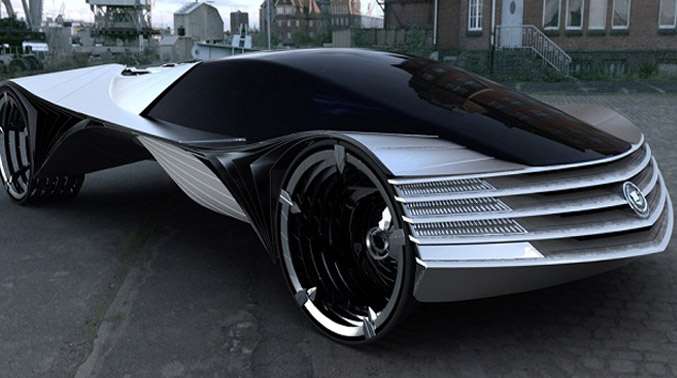 Believe it or not, there was a time that nuclear powered cars were seriously being considered by Detroit. This was in the 1950s, a time when nuclear power was less well understood and the world was a very different place. The story of Detroit’s brief engagement with nuclear power is fascinating, though, and quite worthy of investigation. Here’s the brief story:
Believe it or not, there was a time that nuclear powered cars were seriously being considered by Detroit. This was in the 1950s, a time when nuclear power was less well understood and the world was a very different place. The story of Detroit’s brief engagement with nuclear power is fascinating, though, and quite worthy of investigation. Here’s the brief story:
The science behind nuclear power occurred in the 1930s and was the result of many scientists and physicists working around the world. It wasn’t until the 1942 that the famous physicist Enrico Fermi and his team built the first man-made reactor under the west stands of Stagg Field at the University of Chicago. On December 2, 1942, under those stands, the Chicago Pile-1 was activated and the birth of the nuclear age began. Unfortunately, it didn’t take long before the science of nuclear energy was put to deadly use. Within months, the Manhattan project was assembled to design the first nuclear weapons for potential use during World War II. And, as we all know, the result of that project was used on the cities of Hiroshima and Nagasaki in 1945 thereby ending the Japanese section of the war.
After WWII, the potential of nuclear energy was directed towards peacetime power generation, particularly with electricity-producing power plants and nuclear-powered submarines. It wasn’t long before car designers began to look closer at this new source of power, also, and begin conceptualizing atomic vehicles. Fueled by a consistent nuclear reaction, atomic powered cars would theoretically produce no harmful byproducts and would rarely needed to refueled. Combining vehicles such as these with the new interstate system presented an amazing new potential for American mobility.
Most of the major automobile manufacturers took a good look at nuclear power and many actually developed concept cars based on the concept. In 1948, Ford, showed its Nucleon futuristic muscle pickup concept. Their vision was to have a completely removable powerhouse inside the vehicle that drivers simply switched out once the nuclear fuel had been exhausted. In the Nucleon design, the passenger compartment was pushed to the front of the car in order to provide maximum shielding from the nuclear pile in the back. It was never built but the Nucleon lives on today as inspiration for the nuclear-powered cars in the Fallout video games. You can also find the original model at the Henry Ford Museum in Dearborn, MI.
Other car manufacturers explored nuclear power options too but the fantasy soon faded by the early 1960s. There were just too many problems with the realities of nuclear power in automobiles. For starters, the power plant would be too small to attain a reaction unless the car contained weapons-grade atomic materials. Doing so would mean every severe crash could result in a minor nuclear disaster. Additionally, many of the designers assumed a lightweight shielding material would eventually be invented to protect passengers from harmful radiation. Today, analyses of the atomic car concept at the time determined that a 50-ton lead barrier would be necessary to prevent exposure.
Although nuclear-powered cars are still considered – engines powered by lasers zapping thorium salts have been suggested – it’s amusing to think that there was a time when these cars were seriously considered the future of transportation. Today, our love affair with nuclear energy has waned considerably since the catastrophes at Chernobyl, Three Mile Island and, most recently, Fukushima. This has put a very serious damper on the nuclear car concept, at least in the short term.
Courtesy of: Kayser Ford
Previous article
Mini-Crossover on Road to Success: New Opel Adam Rocks [VIDEO]


